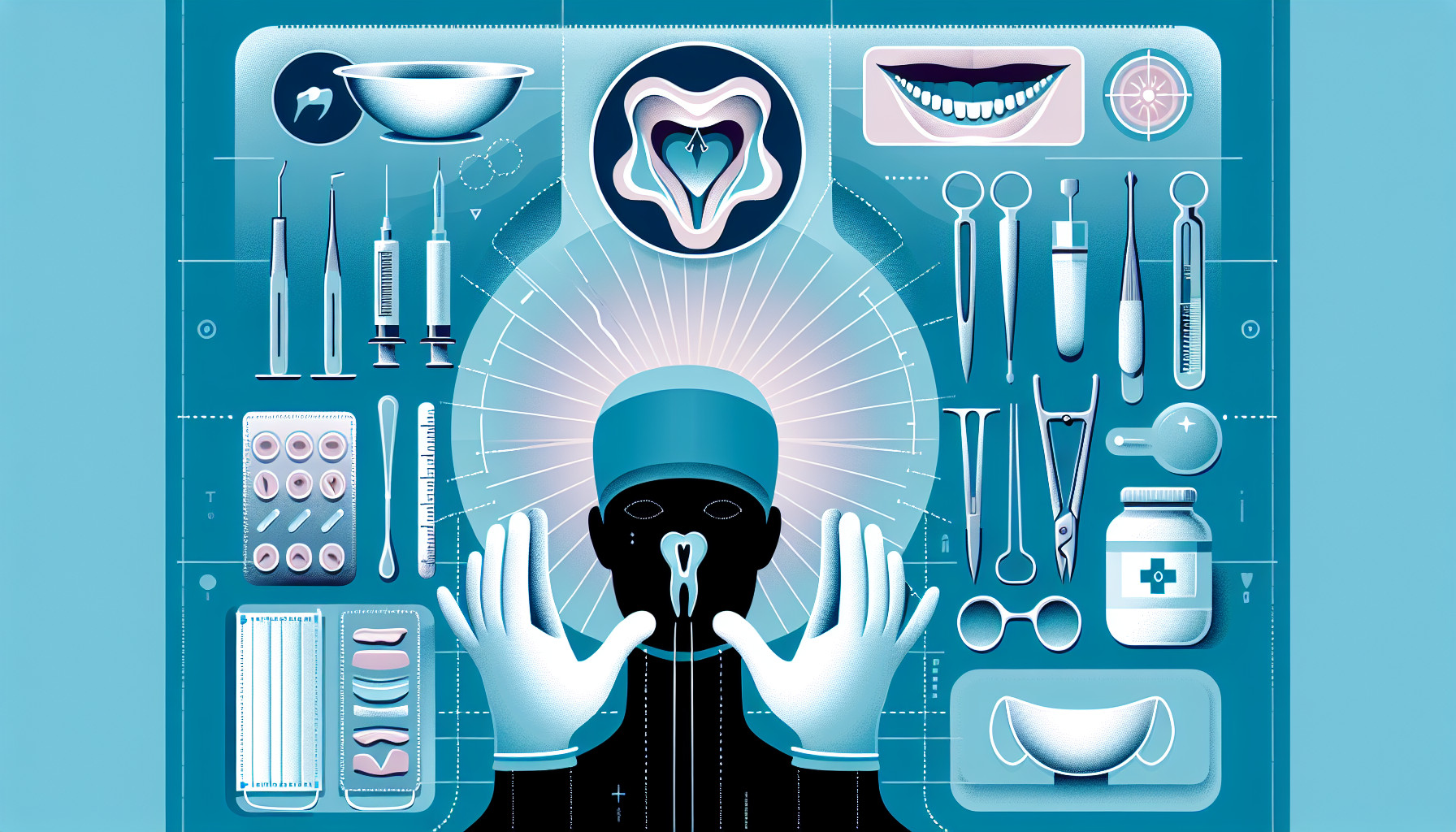Our Summary
This research paper is about a kind of surgery, called orthognathic surgery, that works hand-in-hand with braces or other orthodontic treatments. This surgery is usually done to fix irregularities in the structure of a person’s jawbones and to realign the upper and lower jaws to improve how a person’s teeth meet when they close their mouth (occlusion) and how their face looks.
The paper emphasizes that for the surgery to be successful, the surgeon needs to have a deep understanding of how the soft tissues (like skin and muscles) affect how a person looks, how the bones of the jaw and the teeth relate to each other, and how to perform the surgery. It also highlights that the ways to perform the surgery have changed a lot over time, especially with the availability of technology that allows surgeons to plan the surgery in a virtual environment before doing it in real life. This helps to ensure the surgery goes as planned and reduces the risk of complications.
The main purpose of this paper is to discuss in detail the surgical procedures performed on the lower jaw (mandible). It specifically looks at when the surgery should be done (indications), when it should not be done (contraindications), how to assess a patient before surgery, how to perform the surgery, and what complications could potentially happen.
FAQs
- What is the purpose of orthognathic surgery and how does it relate to orthodontic treatment?
- What is the role of virtual surgical planning in orthognathic surgery?
- What are the possible complications that can be encountered during orthognathic surgical procedures?
Doctor’s Tip
One helpful tip a doctor might tell a patient about oral surgery is to follow all preoperative instructions provided by the surgeon, such as fasting before surgery and avoiding certain medications. This can help reduce the risk of complications during and after the procedure. Additionally, it is important to follow postoperative care instructions carefully, including taking prescribed medications, avoiding certain foods, and keeping the surgical site clean to promote proper healing. It is also important to attend all follow-up appointments with the surgeon to ensure proper healing and address any concerns or complications that may arise.
Suitable For
Patients who may be recommended for oral surgery include those with:
- Severe malocclusions or misalignments of the jaw
- Facial asymmetry
- Difficulty chewing or speaking due to jaw misalignment
- Sleep apnea or other breathing problems related to jaw structure
- Temporomandibular joint (TMJ) disorders
- Cleft lip and palate deformities
- Trauma to the face or jaw requiring reconstructive surgery
- Tumors or cysts in the jaw or facial bones
- Severe dental crowding or spacing issues that cannot be corrected with orthodontics alone
It is important for patients considering oral surgery to undergo a thorough evaluation by a qualified oral and maxillofacial surgeon to determine if they are good candidates for the procedure. Additionally, patients should have realistic expectations about the potential outcomes and recovery process associated with oral surgery.
Timeline
Before oral surgery:
- Consultation: The patient meets with the oral surgeon to discuss their concerns, goals, and medical history.
- Pre-operative evaluation: The oral surgeon conducts a thorough examination, which may include imaging studies such as X-rays or CT scans.
- Treatment planning: The oral surgeon develops a customized treatment plan, which may involve orthodontic treatment in conjunction with surgery.
- Pre-surgical preparation: The patient may need to undergo pre-operative tests, adjust medications, or follow specific dietary guidelines.
- Informed consent: The patient reviews and signs consent forms, acknowledging the risks and benefits of the surgery.
After oral surgery:
- Immediate post-operative care: The patient is monitored in a recovery room and given instructions on how to care for their surgical site.
- Pain management: The patient may be prescribed pain medication to manage discomfort.
- Follow-up appointments: The patient will have regular appointments with the oral surgeon to monitor healing and adjust treatment as needed.
- Orthodontic treatment: The patient may continue with orthodontic treatment to achieve optimal results.
- Long-term follow-up: The patient will continue to be monitored for any potential complications or adjustments needed in the future.
What to Ask Your Doctor
- What are the reasons for recommending oral surgery in my case?
- What are the expected outcomes of the surgery?
- What are the potential risks and complications associated with the surgery?
- What is the recovery process like and how long is the expected downtime?
- Will I need to follow any specific post-operative care instructions?
- Are there any alternative treatment options to consider?
- How many similar surgeries have you performed and what is your success rate?
- What is the expected timeline for the entire treatment process, including orthodontic treatment if needed?
- Will I need any additional procedures or treatments before or after the surgery?
- Are there any long-term effects or considerations to keep in mind after the surgery?
Reference
Authors: Bahmanyar S, Namin AW, Weiss RO 2nd, Vincent AG, Read-Fuller AM, Reddy LV. Journal: Facial Plast Surg. 2021 Dec;37(6):716-721. doi: 10.1055/s-0041-1735309. Epub 2021 Sep 29. PMID: 34587642
